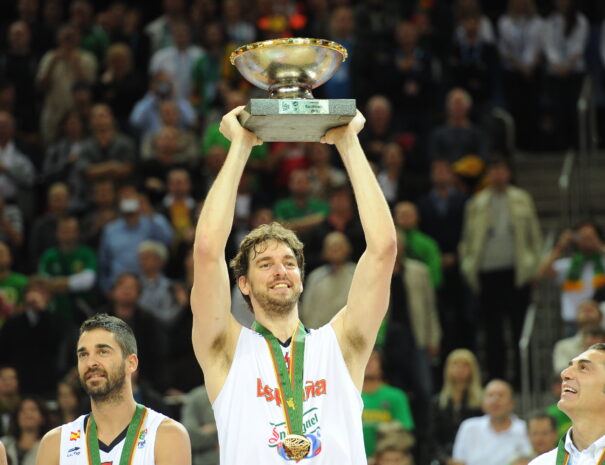
La Merce In Barcelona
The patron saint of the city of Barcelona is the Virgen de la Mercé, and is celebrated every September 24TH since the nineteenth century to dismiss the summer solstice and prepare for the arrival of the colder months.
A Mediterranean feast that brings back all the inhabitants of the city to enjoy music, dance and street entertainment with Giants, Castellars and Sardanas that dance to traditional instruments such as the “chirimía” a kind of hornpipe. … Read More











